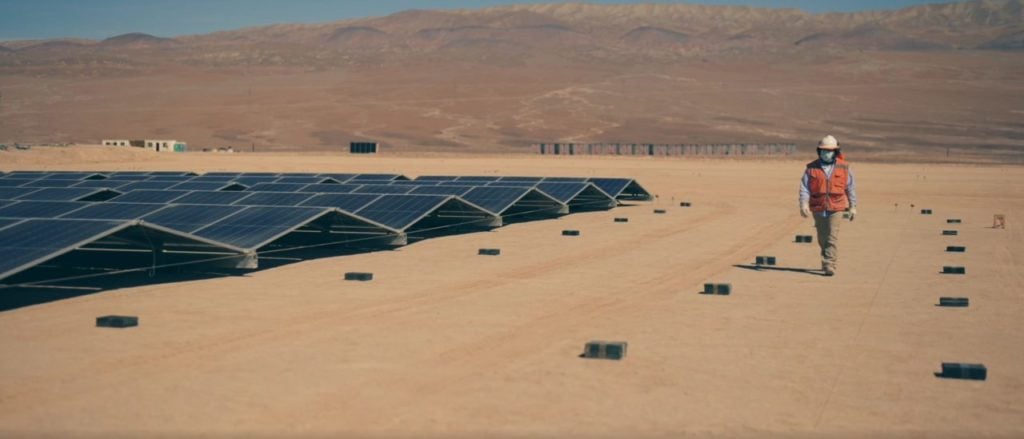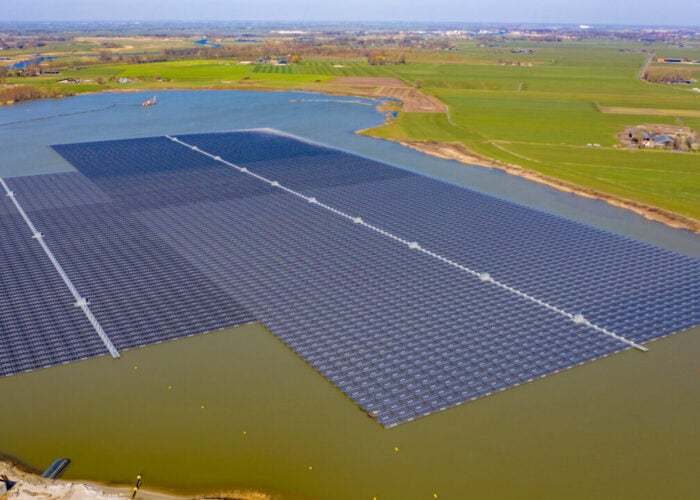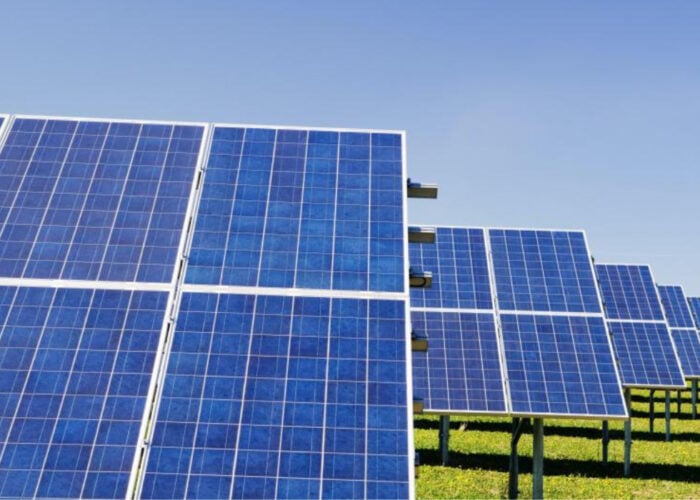
The harsh conditions of desert regions can undermine the performance of solar PV modules, although this impact is not adequately addressed by current environmental and safety standards. A recent study delved into the impact of weather in desert regions on modules and recommendations for a new testing method.
The study, Comprehensive review on performance, reliability, and roadmap of c-Si PV modules in desert climates: A proposal for improved testing standard, was co-produced by authors from the Dubai Electricity and Water Authority (DEWA), the Polymer Competence Center Leoben, Fraunhofer Center for Silicon Photovoltaics (Fraunhofer CSP), and the Electrical and Computer Engineering department of the Purdue University in the US.
Unlock unlimited access for 12 whole months of distinctive global analysis
Photovoltaics International is now included.
- Regular insight and analysis of the industry’s biggest developments
- In-depth interviews with the industry’s leading figures
- Unlimited digital access to the PV Tech Power journal catalogue
- Unlimited digital access to the Photovoltaics International journal catalogue
- Access to more than 1,000 technical papers
- Discounts on Solar Media’s portfolio of events, in-person and virtual
Or continue reading this article for free
Desert regions’ impact on solar modules
According to the study, climatic conditions in desert regions are considerably harsher than those in moderate-climate areas. For example, in comparison to the other climatic zones, desert regions have the highest worldwide horizontal irradiance of about 2,100–2,700 kWh per square metre. This level of irradiance comes with ultraviolet radiation, which could lead to a greater likelihood of typical light-induced deterioration mechanisms in crystalline silicon (c-Si) PV modules in desert areas.
Temperatures can also impact the performance of solar modules in desert regions, as high daytime temperatures and abrupt temperature variations from day to night are the major characteristics. The authors of the research said solar cells without faults can attain temperatures of 80°C to more than 100°C because of the high ambient temperature.
“Because of the varying thermal expansion coefficients of PV components, rapid variations in desert module temperatures can also cause PV components to expand and contract in addition to the high ambient temperature,” the authors said.
“The development of thermo-mechanical PV module failures, such as finger interrupt/breakage, interconnect breakage, ribbon interface crack, finger/busbar wrappage, delamination, and cell cracks may result from this,” they added.
Soiling is the process of depositing and amassing dirt, dust, and contaminants on the surface of solar PV modules. It has a significant impact on the performance of solar PV modules. For example, in the Sahara and the hot desert parts of the Middle East, soiling losses can reach up to 35%, according to the study. Meanwhile in soiling-prone zones, particularly in the Middle East and North Africa (MENA) region, soiling can lower performance by 1% every day.
Defects of solar modules
Solar modules could have defects in desert regions due to its harsh conditions. The authors said the glass warpage, which means the extent or results of being bent or twisted out of shape, is a common defect in glass–glass modules in desert climates.
The authors described: “The unequal temperature distribution between the edges and centre can lead to thermal stresses in the glass. The centre accumulated a high amount of heat, and there is no way for this heat to escape, as compared to the edges. So, the centre is in the expansion, whereas the edges resist the expansion.”
Glass–glass PV modules are more susceptible to glass warpage than glass-flexible backsheet modules.
Additionally, in a hot desert region, initial cell cracks may grow faster during the field operation because of the difference in coefficients of thermal expansion for different module components. This thermal mismatch can cause the residual thermal stresses higher at the interface-damaged region. It can also lead to the formation of hotspots and snail trails.
Therefore, the degradation caused by the desert is ultraviolet-induced discolouration, thermomechanical flaws of interconnects and glass abrasion stemming from soiling.
Limitations of existing tests and the development of HDTC
There are multiple environmental and safety standards for the testing of PV modules, but some of them have limitations in scope. The IEC 61215 standard is designed for qualification and type approval for open-air moderate climates, but the specified test conditions and cycles under this standard are not representative of desert climate conditions.
The IEC 61730 standard is designed for module safety qualification for moderate climates. It specifies the requirements for PV module construction to prevent electrical shock, fire hazards and injury due to mechanical and environmental stresses.
However, the author said there is a need to modify this standard to predict the safe operation of PV modules in desert environmental stresses, especially for checking electrical shock and fire hazards.
To improve the testing of solar PV modules for desert regions, the authors suggested creating the Hot Desert Test Cycle (HDTC) sequence, a new testing proposal tailored to the needs of solar PV modules used in desert climates.
This new testing proposal consists of numerous tests to find and eliminate flaws caused by desert regions and addresses problems including encapsulant discolouration, thermal fatigue, mechanical stability and glass abrasion.
The authors suggested modifying the current IEC 61215:2021 standard to better account for the unique challenges posed by desert regions.
Currently, this standard incorporates a single block of 15 kWh per square metre UV exposure as a preconditioning step before the mechanical loading test. To cater specifically to desert conditions, the authors suggested implementing a modified UV preconditioning block within sequence C of IEC 61215:2021. To achieve this, the UV dose on the front side of the module could be increased to four times the standard value, going 60 kWh per square metre.







